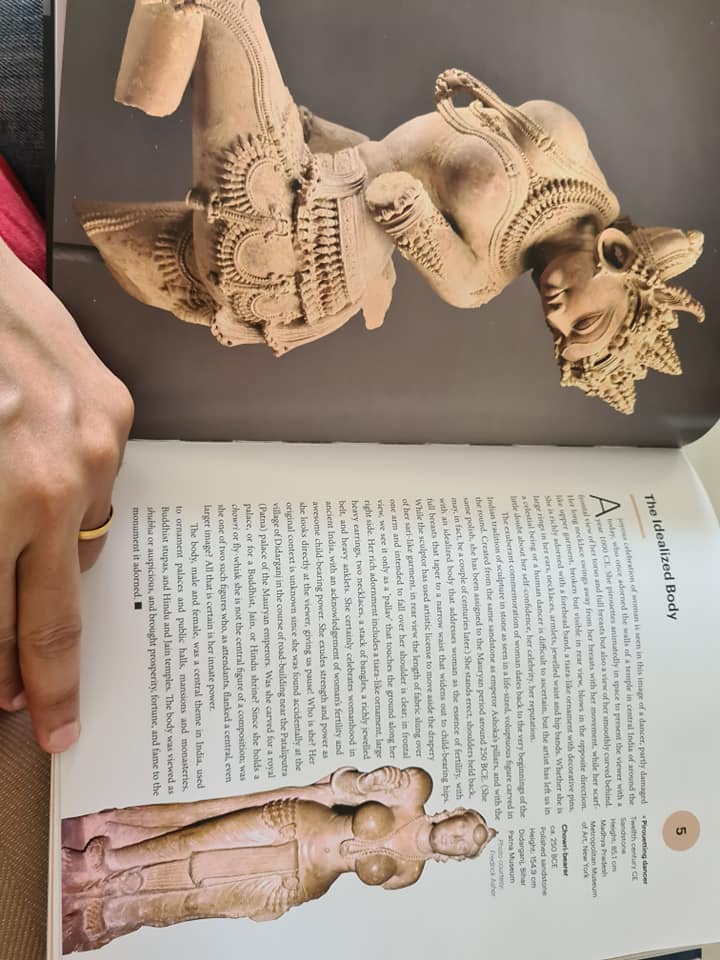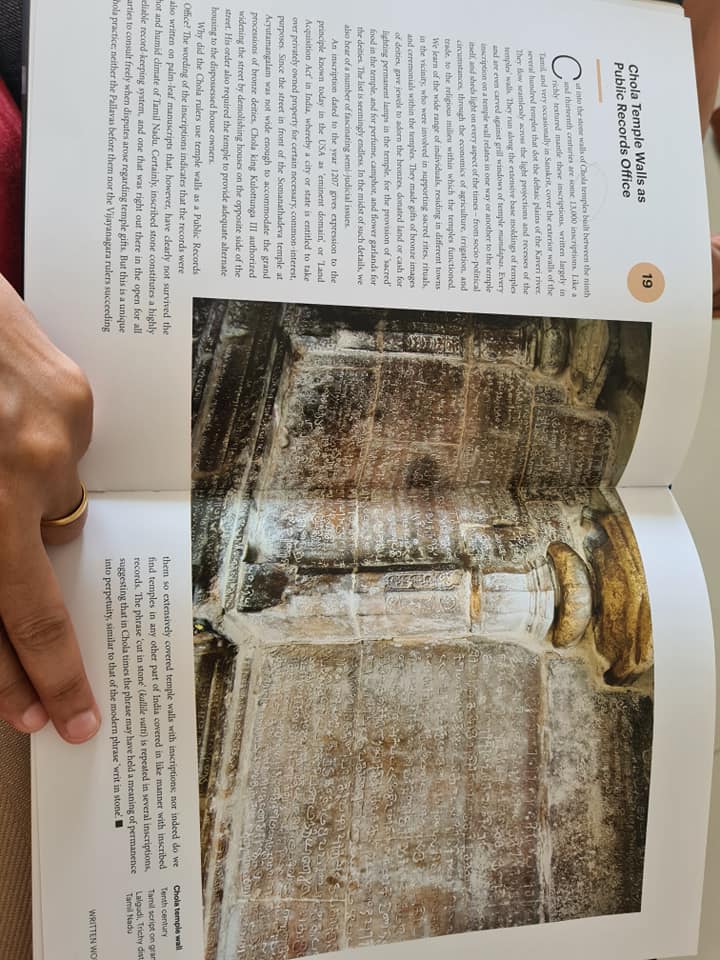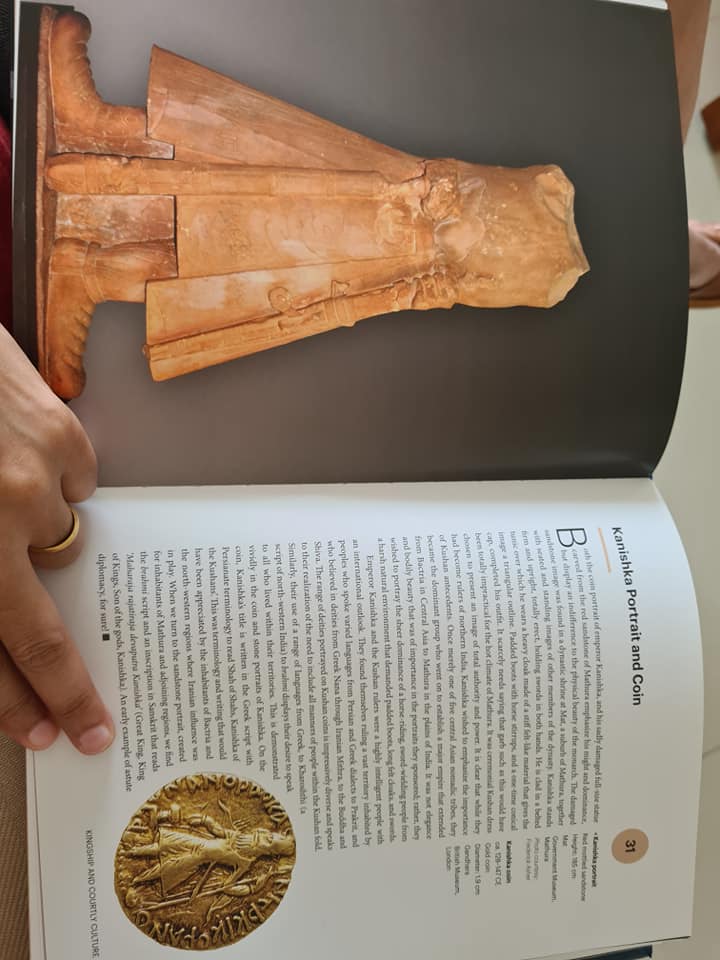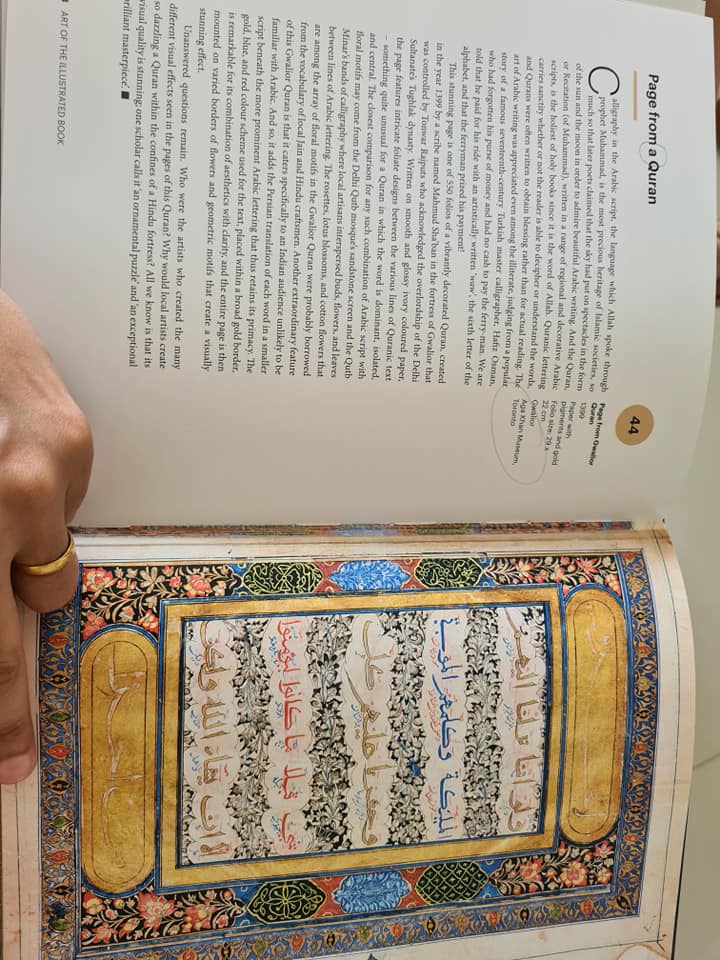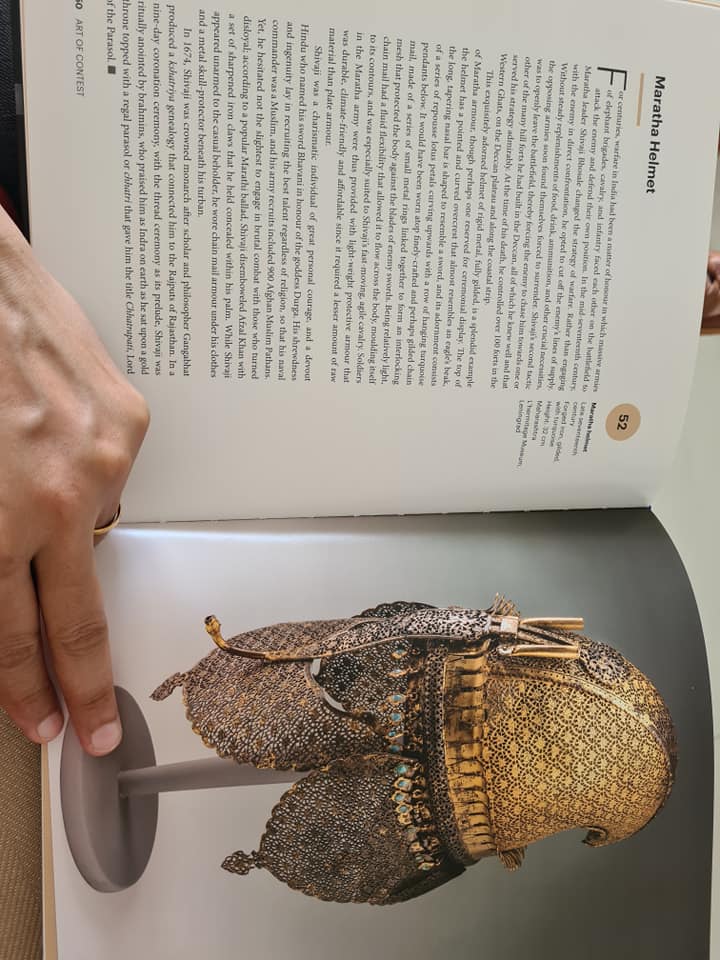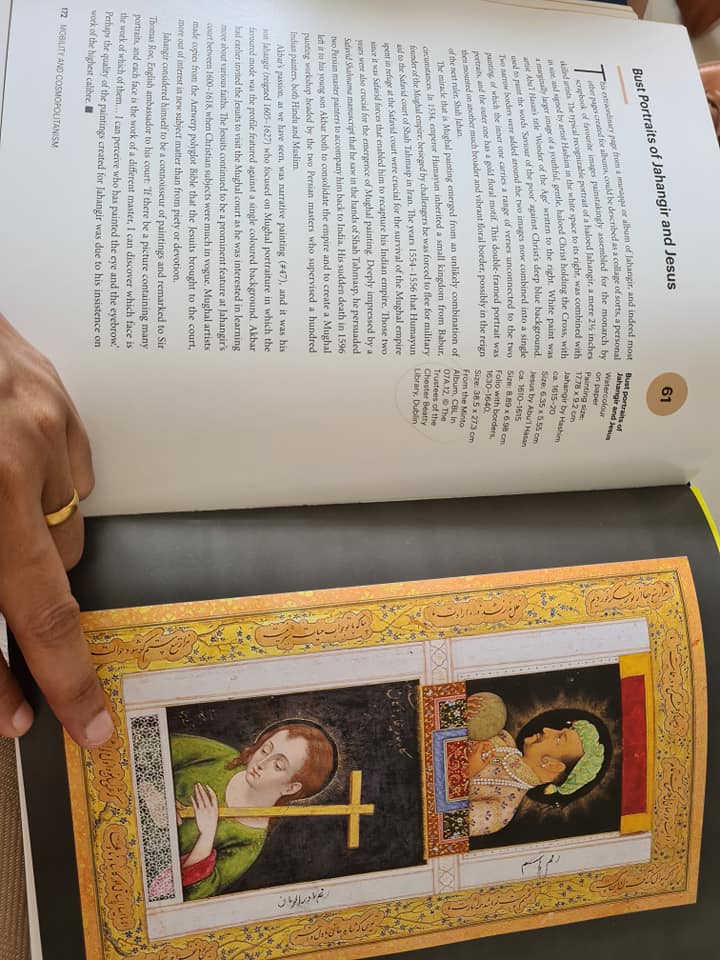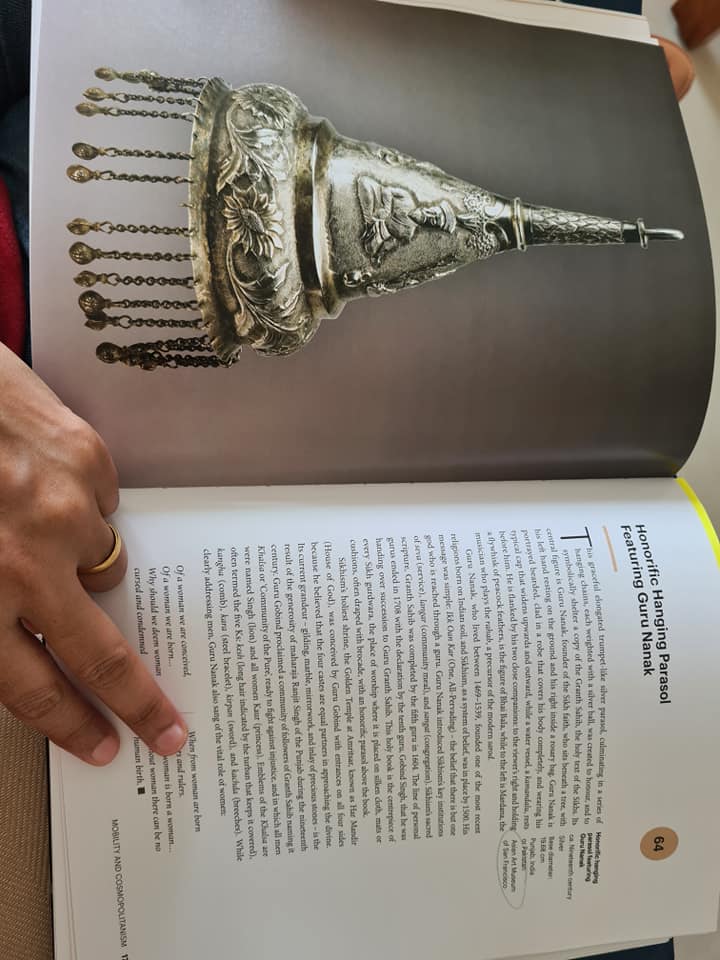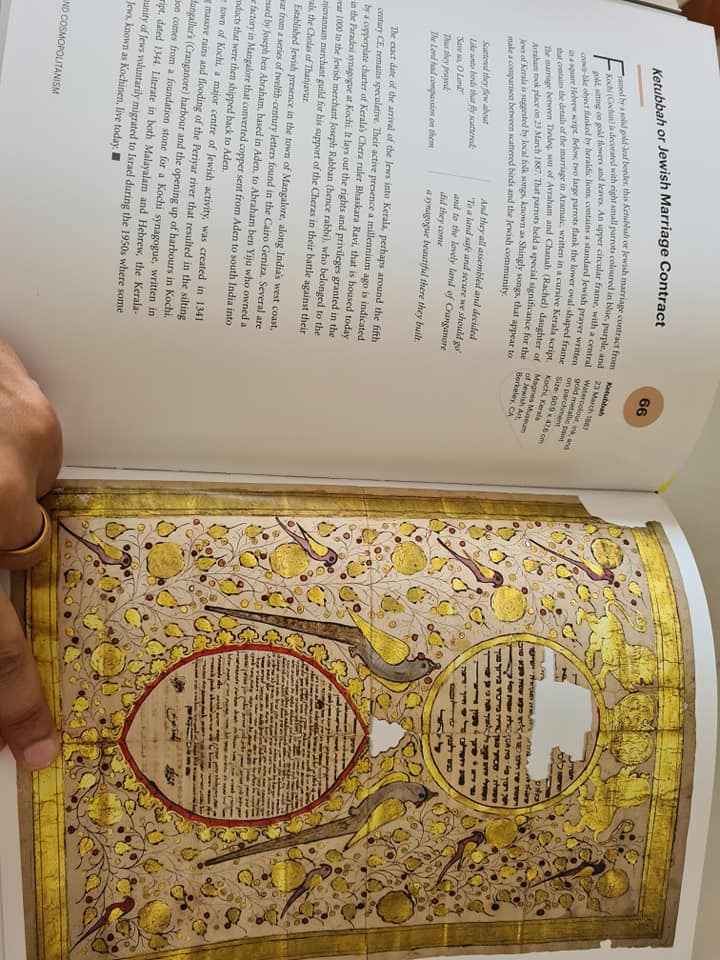“India: A Story Through 100 Objects” by Vidya Dehejia
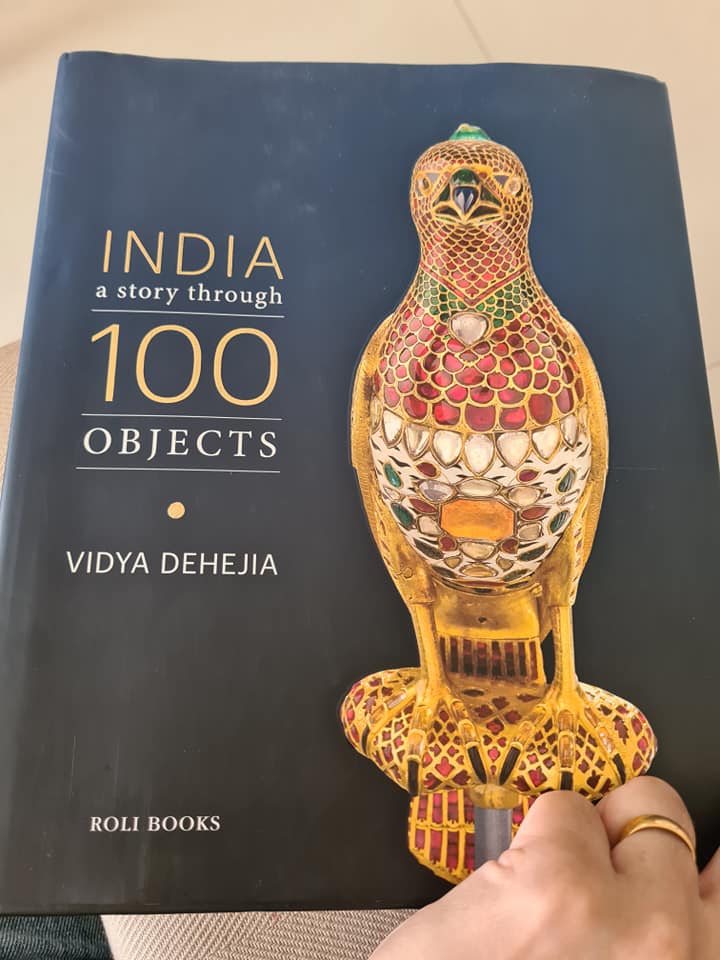
India: A Story Through 100 Objects by Vidya Dehejia ( Roli Books ) is as the title describes it. A subjective curation of select objects through the ages that define the concept of India. Geographically, it is the only “subcontinent” in the world. It is perhaps for the first time since 1947, when India gained its Independence from the British, that the country has “well-defined” international borders and three distinct countries constitute the subcontinent— India, Pakistan and Bangladesh ( 1971). It is a complicated and an extraordinarily beautiful nation that has over centuries survived attempts to control it one manner or form but the heterogeneous composition of its peoples has enabled India ( and now its neighbours) to develop a phenomenally rich cultural history. Lest we forget, the bedrock of Indian culture lies in syncreticism. It cannot be ignored.
The first time an attempt to create a “world history in 100 objects” was by the then British Museum director, Neil MacGregor. It was done in collaboration with BBC Radio 4 to coincide with a 100-part radio series. Since then, at least in modern times, it has become very fashionable to make these presentations of bundles of beautiful objects to define a narrative. It is also a comment on the times when digital technology and the Internet are constantly seeking small morsels of information that balance an image and text. It is easily consumed and shared. But it has its challenges as evident in the first assumption made by such a title to tell a story by identifying a handful of iconic objects is ambitious. A lot depends on the subjectivity ( and objectivity) of the curator. Wading through a lot of information, much of which is not necessarily easily available to the public, is a fine balancing act for the curator as they attempt to create a narrative between that which is known and familiar in collective memories and that which is not. It is essential to have examples of both. But it becomes tricky when upon close analysis of these narratives, it becomes evident that there is less objectivity by the curator than promoting that which they hold dear in terms of their thought processes. Be that as it may, a firm ( and potentially contentious) curation offers a point of view that the reader may or may not agree with, but will never forget. It is critical to have these conversations about what constitutes or defines a historical narrative through objects.
Stunningly illustrated books such as Neil MacGregor’s A History of the World in 100 Objects or the recently published Vidya Dehejia’s India: A Story Through 100 Objects are exceptional examples of coffee table books. They are a pure delight to behold. Vidya Dehejia’s book is of a wonderful dimension that is easy to hold despite its heaviness. It has a scrumptious prussian blue background that enhances the gold and ruby falcon printed on it. Its gorgeousness is enhanced by the fact that no expense has been spared in replicating the dust jacket design upon the hardback cover too. It is truly a joy to behold.
Vidya Dehejia is the Barbara Stoler Miller Professor of Indian and South Asian Art at Columbia University in New York, and the recipient of a Padma Bhushan conferred on her by the President of India in 2012 for achievement in Art and Education. She has to the best of her abilities attempted to curate a concept of India in 100 objects. It has some lovely examples as the photographs with this post illustrate. These include Maratha helmet, Kettubah or Jewish Marriage Contract, bust portraits of Jahangir and Jesus, Chola temple walls as a public records office, the Chowri-bearer, image from an illustrated Quran, the red mottled sandstone sculpture of Kanishka from the Kushan period etc. Yet, at the same time it feels mildly oppressive to read a book that attempts to imagine the history of India from the perspective of an outsider and capitulates to the present dominant discourse. Most of the examples used in this book are from private collections or museums found abroad. Rarely are the Indian museums that have a fine, albeit scattily arranged collections, ever used. It is inexplicable. Why is there the need to browse through foreign collections to define India? It makes sense to have some good examples but if the purpose of this book is to also encourage and define what is India, and instil pride in our nation, then acknowledging our collections would have been appreciated. Instead, the reader is left wondering if there is any good left in our country, if our treasures have been plundered over the centuries and taken overseas? Also, by constantly underlining explicitly or implicitly that the concept of India elides with the idea of Hinduism is jarring. It begins with the introduction where the author lays put her rationale for using BCE and CE ( Before Current Era and Current Era) instead of the oft-used BC and AD ( Before Christ and Anno Domini) as it is “inappropriate for India”. This statement is unnecessary. Many scholars abroad too use BCE and CE without offering any explanation. It is fine. It is the accepted norm in a secular framework. But by specifically mentioning that this terminology is not appropriate for India, at a time when everyone in the country is sensitive about their faith and violent communal clashes are on the rise, perhaps a little sensitivity could have been exhibited by such an eminent scholar like Vidya Dehejia? This slip becomes a red flag for other details on the book such as not acknowledging the printing presses that came to India with the Jesuit priests in the sixteenth century, even though there are plenty of sections in the book on the written word and illustrated manuscripts. It is challenging to include a broad scope in 100 objects but surely a keener eye could have been employed to acknowledge the vast diversity and inclusivity that is India?
India: A Story Through 100 Objects by Vidya Dehejia is a fine book that is beautiful to behold, and ideal to gift. It is worth considering as a wedding gift and of course as corporate/individual gifts to be distributed during festivals such as Raksha Bandhan and Diwali. Given the ongoing pandemic, it can easily be procured from bookstores and online marketplaces and shipped to various destinations. It is really worth possessing and sharing some of this love with others too. It makes for an excellent conversation piece too.
Buy it. Read it. Share it.
1 August 2021

